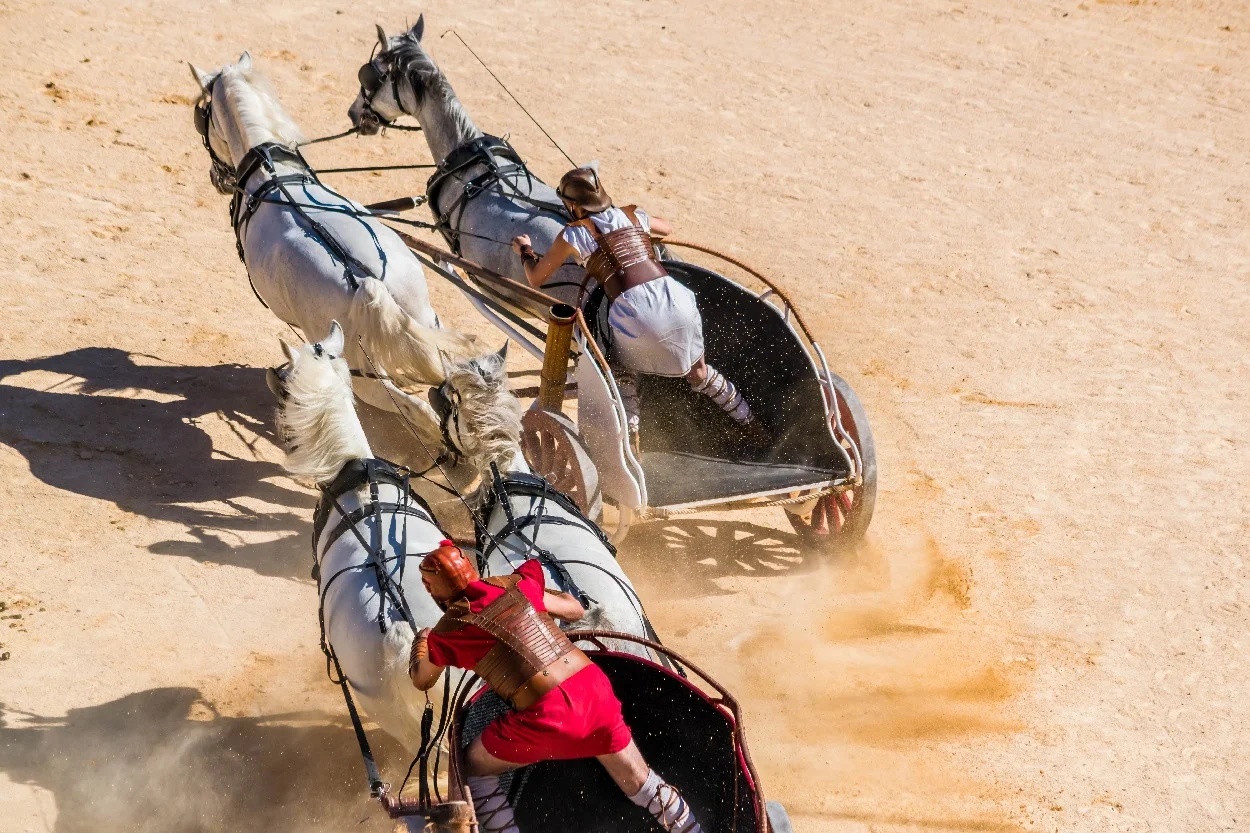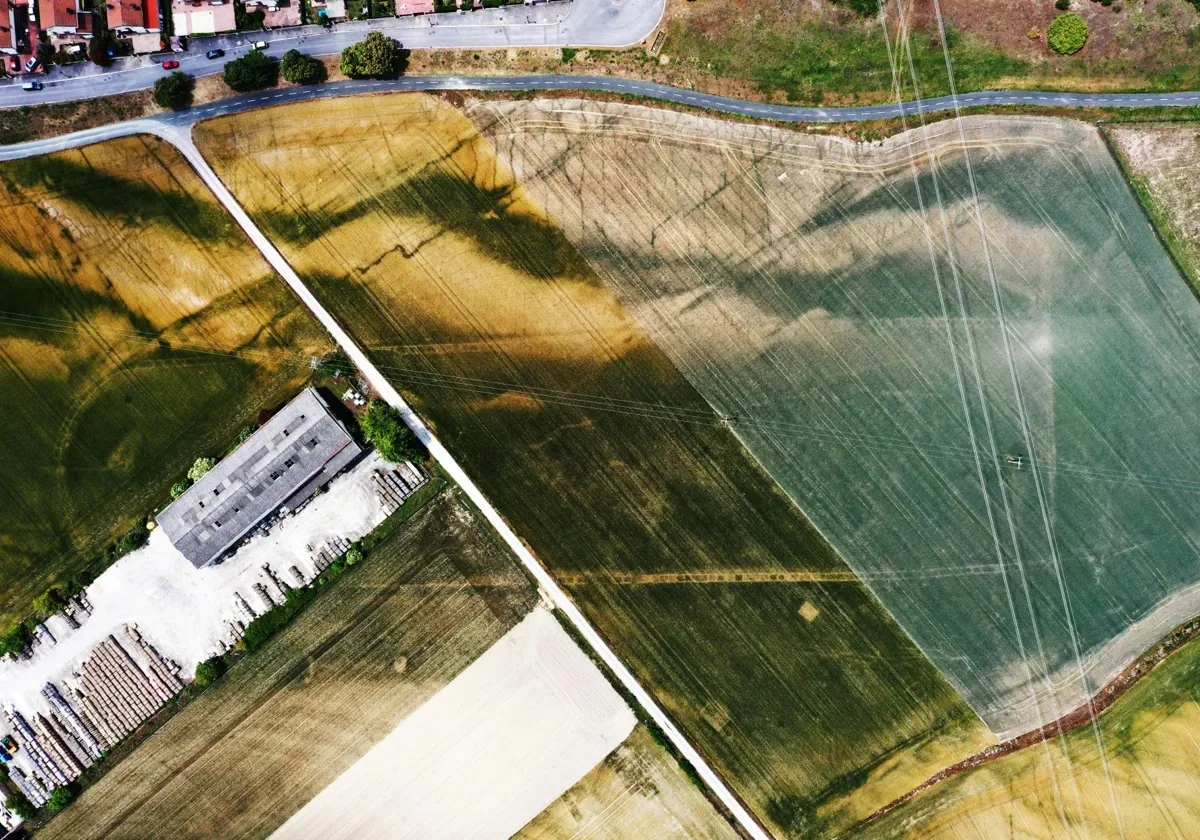Archaeologists from ARKIKUS have announced the discovery of a Roman circus at Iruña-Veleia, a former Roman town in Hispania, now located in the province of Álava, Basque Autonomous Community, Spain.
The town was an important transit centre on the Ab Asturica Burdigalam (Roman road), with a peak population of around 10,000 inhabitants.
In a recent study using aerial photography and light detection and ranging (LiDAR), archaeologists have found a Roman circus and previously unknown urban areas of Iruña-Veleia.
A Roman circus was a large open-air venue used mainly for chariot races, although sometimes serving other purposes. Chariot racing was the most popular of many subsidised public entertainments, and was an essential component in several religious festivals.

Chariot racing declined in significance in the Western Roman Empire following the fall of Rome, with the last known race held at the Circus Maximus in AD 549, organised by the Ostrogothic king, Totila.
According to a press statement by ARKIKUS, the circus is an elongated enclosure that accommodated up to 5,000 spectators, and measures 280 metres long by 72 metres wide.
Until now, only a handful of Roman circus’s are known in the northern half of the Iberian Peninsula, emphasising the importance of Iruña-Veleia during the Roman period.
The study also revealed a Roman street system, evidence of buildings with porticoed areas, and a linear feature indicating the route of the Ab Asturica Burdigalam.
Header Image Credit : ARKIKUS
Sources : ARKIKUS





